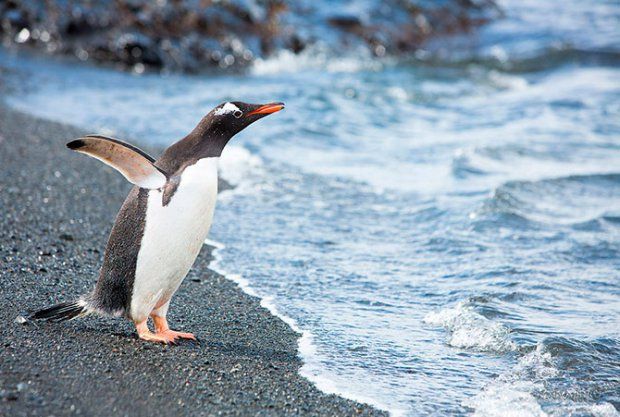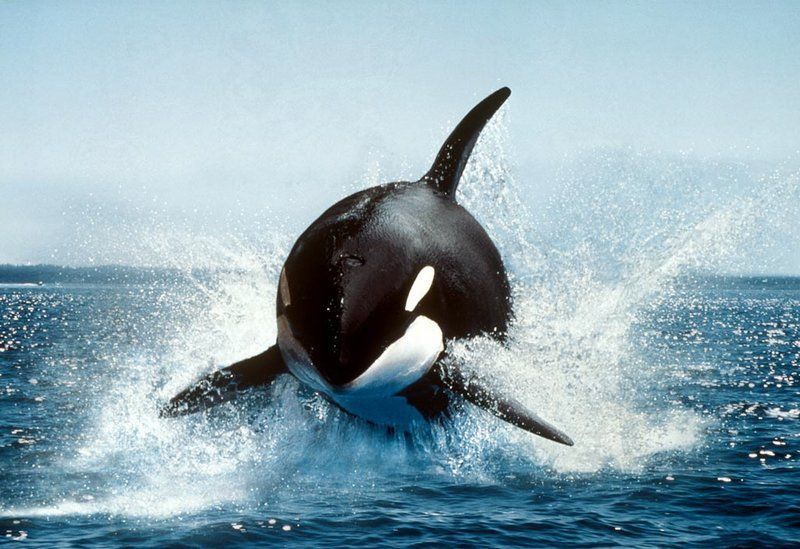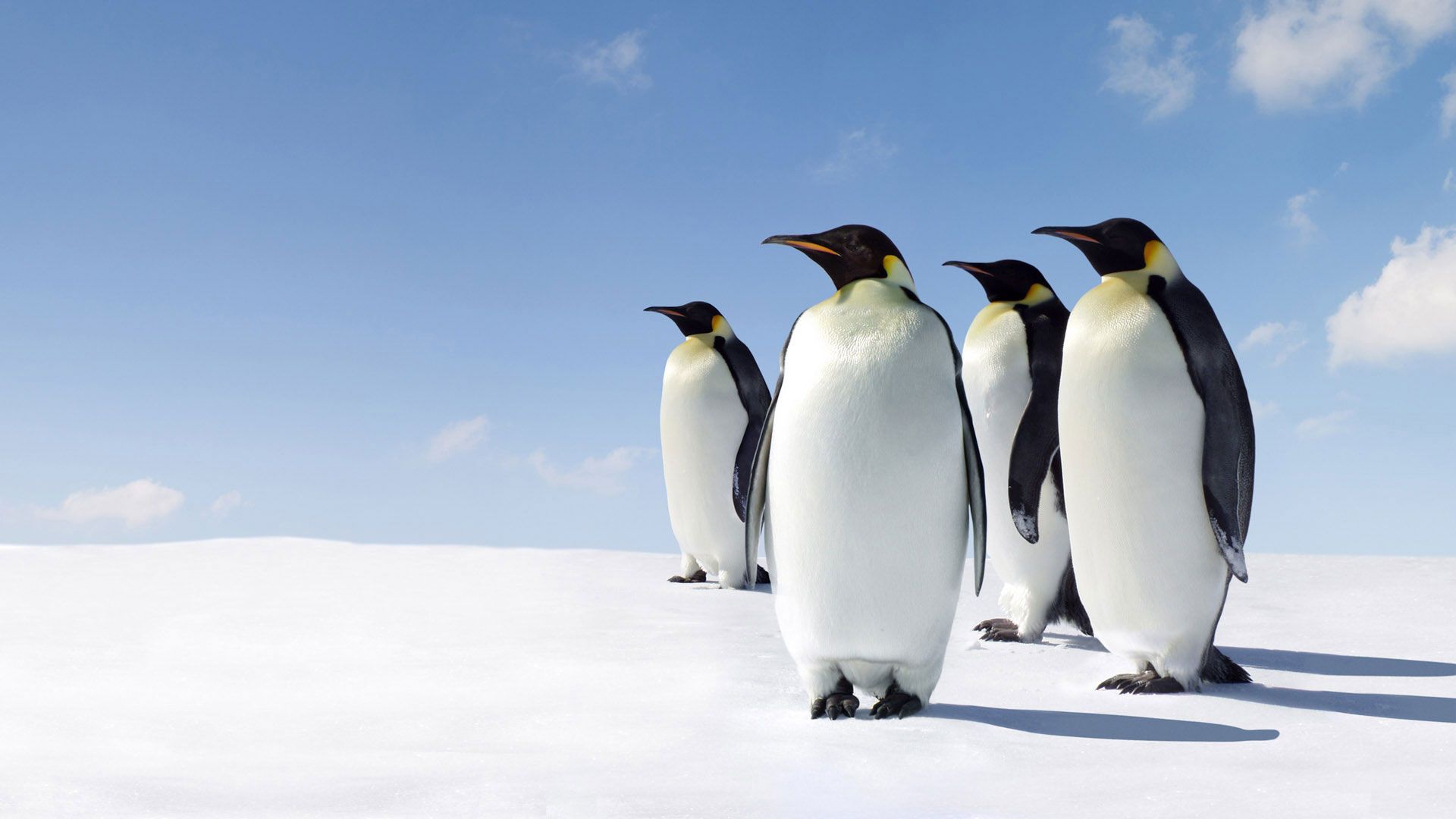Features of the shore swallow
Lake Tore-Khol is located in the Ubsunur Basin, on the border of the Republic of Tyva and Mongolia. The lake lies among a vast sandy massif, the northern end of the Borig-Del sands (Booret Deliin Els). The area of its water area is about 100 square meters. km., height above sea level 1148 m., width - 5 km., average depth - 6 - 8 m., reaching 40 m at the isthmus. Lake Tore - Khol and the surrounding shores as a natural complex are unique, not only in the Ubsunur Basin , but throughout the entire territory of the Republic of Tyva. The natural complex of the lake is a kind of biological oasis, a place of concentration of waterfowl and semi-aquatic birds. The originality and uniqueness of Lake Tore-Khol is given by the surrounding landscapes, especially desert communities, massifs of ridges of weakly fixed sand dunes. Lake Tore-Khol is one of the natural monuments of the Republic of Tyva. The lake is located surrounded by the most picturesque landscapes of the Ubsunur Basin. Historical monuments are widely represented here - mounds, steles, ovaa. The natural monument Lake Tore - Khol is a witness to the traditional attitude of the peoples of Central Asia to nature and the preservation of the natural complex of the lake in ecological balance.
The eastern coast consists of massifs of ridge sands or weakly consolidated dune sands. A colony of shore swallows (Riparia, Riparia) was found on a steep bank. From literary sources I learned that the family of swallows includes about 80 species, of which five species nest in Russia.
For the first time in Tuva, a description of the species composition of birds was carried out by Alexander Ivanovich Yanushevich in the monograph “Fauna of Vertebrates of the Tuva Autonomous Region,” published in 1952, a list of 241 species of birds is provided, including swallows: urban, village and coastal.
The swallow inhabits river valleys, lake basins or sand pits from the western borders to Kamchatka. They nest in colonies, where the mink is only 20 - 50 cm behind the mink. For nesting, they dig holes up to one meter. They arrive at the end of May and build a new nest every year. There are usually 3–5 eggs in a clutch, incubation is 12–16 days. The chicks fly out on the 20th day. During our stay on the expedition to Lake Tore-Khol, there was an active period of feeding the chicks. All bird activity during the nesting period is aimed at finding food. During this period, each pair of swallows is strictly tied to the nesting area. While the eggs are incubating and the chicks are being fed, the birds lead a sedentary lifestyle and do not leave their range; after breeding is completed, the birds' sedentary behavior is disrupted, and the brood leaves the nesting territory and begins to migrate and migrate.
The shore swallow differs from other species of swallows; they have a grayish-brown top, white bottom (only a gray stripe across) and a shallow tail notch. Shore swallow (shore swallow) Riparia, Riparia, migratory bird. In flight, swallows cut through the air. This is thanks to the narrow sickle-shaped wings. Their wings are longer than their body. On the fly, swallows drink, sweeping with an outstretched neck just above the water and scooping it up with their beaks; when a swallow flies like an arrow over the surface of the water, it can dip any part of its body into the water and, in a few such flights, completely bathe. As they fly, they chirp a song that people translate as “They flew - they threshed, they flew - they plowed.” The swallow is a large songbird; it chirps from the first day of arrival until departure from morning until dusk. During the period of feeding the chicks, her working day is 14–15 hours. Its whole life is in flight, in flight they eat, in flight they sing, they bathe, the swallow prefers not to descend to the ground, but sits on thin branches or reins to rest.
Mapping of the territory of the nesting site of the shore swallow was carried out in this way: first, the entire nesting site was measured, then the population density of a given species (the shore swallow) was calculated. After all, I made maps of the nesting area. Spot counting of occupied nests was monitored for three years without changing the methodology.
After observing a colony of swallows for three years, I compiled tables by year, which show that the number of nests is decreasing. Having selected several nests, I placed marks near them and every day for two hours in the morning, lunch and evening, I closely watched these nests.
The anthropogenic factor has a negative impact, because large- and small-horned cattle walk along the steep bank, and the steep bank crumbles very quickly when the bank crumbles, nests often become open. And the main role here is played by the person himself. Vacationers are very noisy, loud music is playing. Coming out of the lake, they climb to the burrows, pull out the nests from there and destroy them, the passage to the burrows was closed with bottles, which do not allow passage for flight, and the swallows die along with their brood. .
I paid attention to the impact of abiotic factors. Constant winds blow from the north-west. Sharp temperature fluctuations during the day: +40°C, and at night +8°C. in summer time. Very cold winter. All these factors influence the soil and the sandy massif crumbles, along with this the entire nesting area disappears.
This can be seen from my observations, since I discovered a new habitat, habitat (O) to the north of the camp. 34 meters long. There are 41 nests in total.
Often the nests are very close at a distance of 20 - 15 cm, they were clearly visible that these nests were not visited by swallows. When I took measurements of unoccupied nests, the average length was 80 - 100 cm. I collected four nests and studied their nesting material for 2005. Having studied the nesting material, I saw that swallows use small roots of plants that are located on the bare shore, feathers of various birds, wool of sheep, cows, horse hair to build their nests, and I also discovered in the nests of swallows an unconventional material for building nests - scraps from plastic bags and sacks.





No comments here yet.